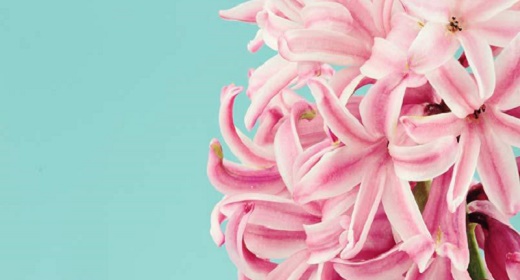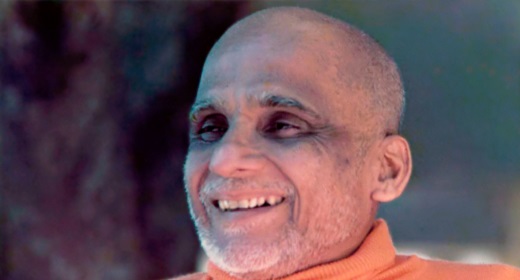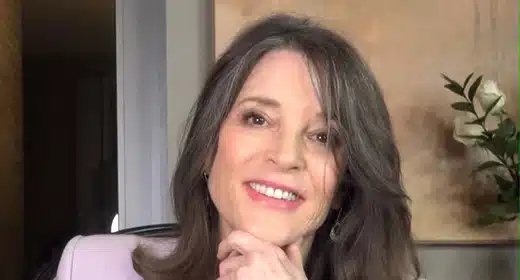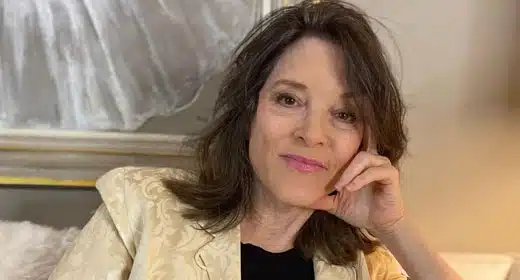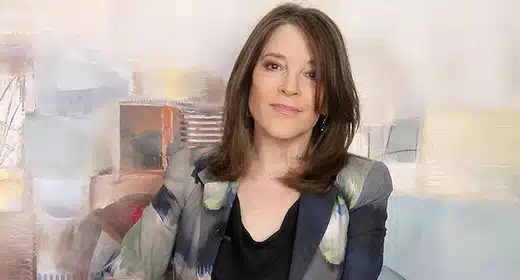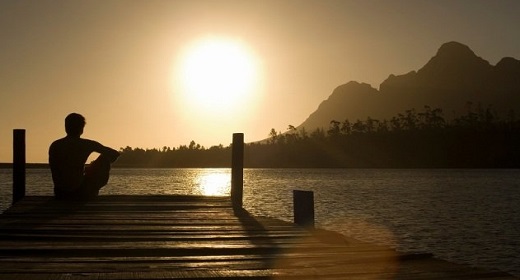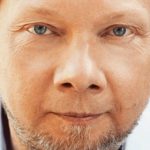by Tara Brach: I sometimes think that the most basic truths are the ones that we most regularly forget, and one of them is: If we are turned on ourselves, we cannot love this life…

The turning on ourselves contracts us. In those moments, we are disconnected from our inner life and from each other. We move through the day with an undercurrent of I’m not okay, but are unaware of how much it’s affecting our capacity to relax and enjoy our moments.
In Buddhist teachings, the Buddha described two arrows. The first arrow is the natural experience that arises in this human animal that we are, for example: fear, aggression, greed, craving. The second arrow is self-aversion for the fact of the first arrow. We have the experience of being nasty, selfish or greedy, and we don’t like ourselves for that. That’s the second arrow. The Buddha says: “The first arrow hurts, why do we shoot the second arrow into us, ourselves?” And yet we do. He goes on to say: “In life, we cannot always control the first arrow; however, the second arrow is our reaction to the first. The second arrow is optional.” The first arrow arises from causes and conditions beyond our control. But when we learn to release the judgment and self-blame that we experience in response to the first arrow, the second arrow becomes completely avoidable.
In order to be able to really bring compassion and friendliness to the first arrow, we must first understand that what is happening inside of us is a natural part of our survival conditioning. It is part of being human, and is really not our fault. Now, you might be thinking: Wait a minute! If I believe that it’s not my fault, how will I ever be accountable or responsible?
Causes and Conditions: Forces Beyond Our Control
The things that we most hate about ourselves are shaped by innumerable forces: They are conditioned by the primitive brain’s habits of aggression and craving, and amplified by genetic tendencies from past generations and the prevailing stories and mindset of our surrounding culture. We didn’t choose any of this. For instance, research is finding more and more that genetics affect a huge amount of our experience, right down to our “happiness quotient” and whether we are early or late risers. Other conditioning happens over the course of our life-experiences, whether we have been traumatized or abused or, perhaps, have suffered the less quantifiable kinds of deficits in attention, understanding, care and attunement from our care-givers. It’s very interesting to look at how the ways our parents or care-givers treated us are internalized and then that is how we end up treating ourselves.
Fifteen or sixteen years ago, I went shopping with one of my fellow teachers at the Insight Meditation Community of Washington. We wanted to have a Buddha for our meditation community. We found a lovely Buddha with a kind an androgynous look and you could see the feminine and the masculine archetypes. We fell for it, and were excited to bring it into our sangha. The first Wednesday night, I introduced everybody to it and afterwards, I noticed that people were standing and, as they were looking at it, they were leaning a bit to the left. One person came over to me and she said, “Tara, it’s beautiful, but the cast is to the left. It’s leaning.” And so it was. It was an imperfect Buddha—a leaning Buddha. And I thought it was one of the coolest, most helpful teachings for our meditation community. This Buddha, that is still part of our community today, is a lovely Buddha, and it is subject to conditions that are beyond its control—somebody made a leaning cast. It’s not the Buddha’s fault.
>So, there are all of the forces at play that are completely out of our control, but we take them personally, like they are our fault. There is a stuck place, where our primitive brain and body activity—fear, aggression, craving—becomes my fear, my aggression, my craving.
Rather than being universal wiring in our nervous system, we get this feeling that what we are experiencing is uniquely ours. But when these experiences of anxiety, fear, jealousy, resentment, anger, aggression and so on arise in us, if we can get even a glimmer of understanding that it’s part of the human condition—it’s not my fear, it’s the fear—that shift can create the willingness, flexibility and gentleness that makes space for very deep healing to occur.
The Wisdom of It’s Not My Fault
When we can say,”It’s not my fault”, it actually enables us to be more responsible and more accountable. It’s the self-blame that actually locks us into repeating the patterning. Realizing that the first arrow is out of our control and releasing self-blame is the beginning of bringing forth the awareness that can free us from the pain of the second arrow.
You might bring to mind some situation that brings up self-blame, something that is hard to accept or hard to forgive. Some place where you’re caught in disliking yourself.
Now begin to shine the light of awareness on the edginess, the tightness around the heart, by sensing: Is this really my fault? See if you can sense that, like the leaning Buddha, there are conditions that you didn’t sign on for: the fears, anger and wants shaped by genetics, culture, life-experiences. And then see if you can open to the possibility that the first arrow—the thoughts, feelings, and behaviors that are driven by these feelings—is just part of this human inheritance. You didn’t choose this.
When we are not caught in self-blame, we are free to love this life. Opening to the possibility of It’s not my fault creates space for true intimacy with our world and deep inner freedom. When our actions arise from this openhearted presence, they naturally bring healing and nourishment to others.


